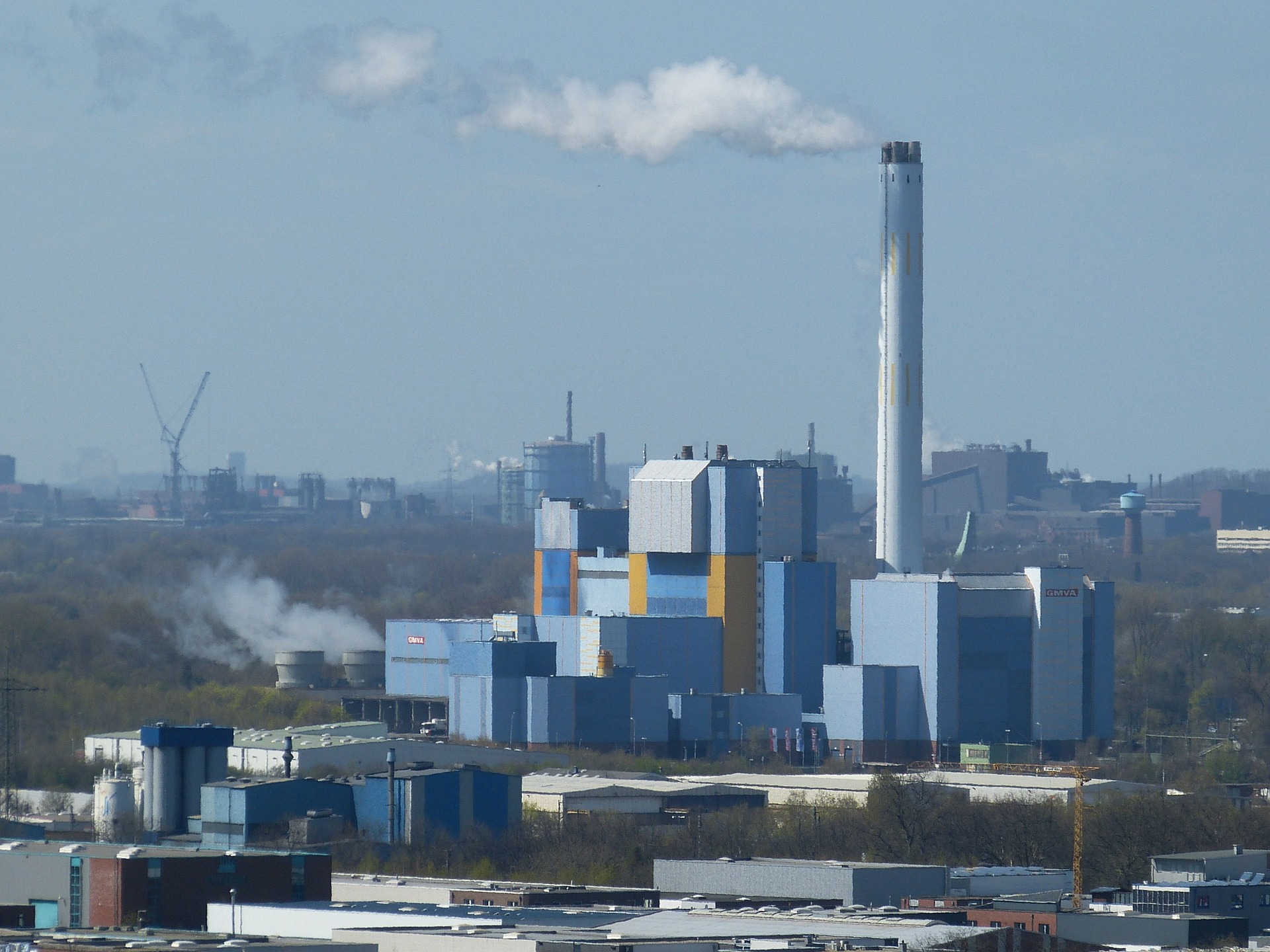
What happens to nanoparticles when they become waste?
Energy & environment, Environment, In the NewsFor the past twenty years, industry sectors across the board have been producing a wide range of nanomaterials. They have developed rapidly and with little in the way of regulation. This has led to a regulatory vacuum when it comes to the end-of-life…
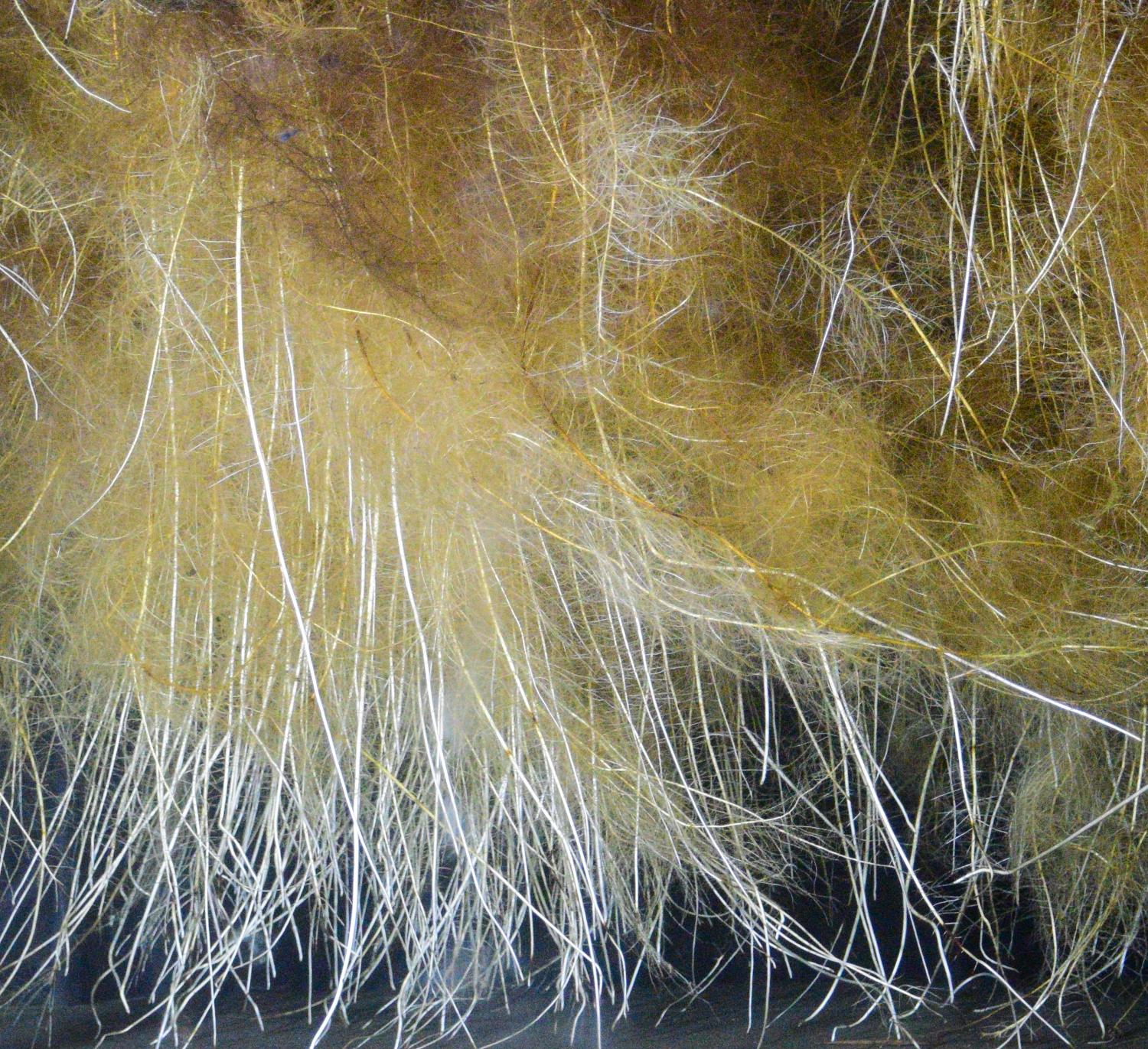
When plants help us fight pollution
Energy & environment, Environment, In the NewsTo help reduce or stabilize soil and water pollution, plants provide a rather effective yet inexpensive solution. They must be implemented on a case-by-case basis and could be used in a wide variety of sites.
According to the French…
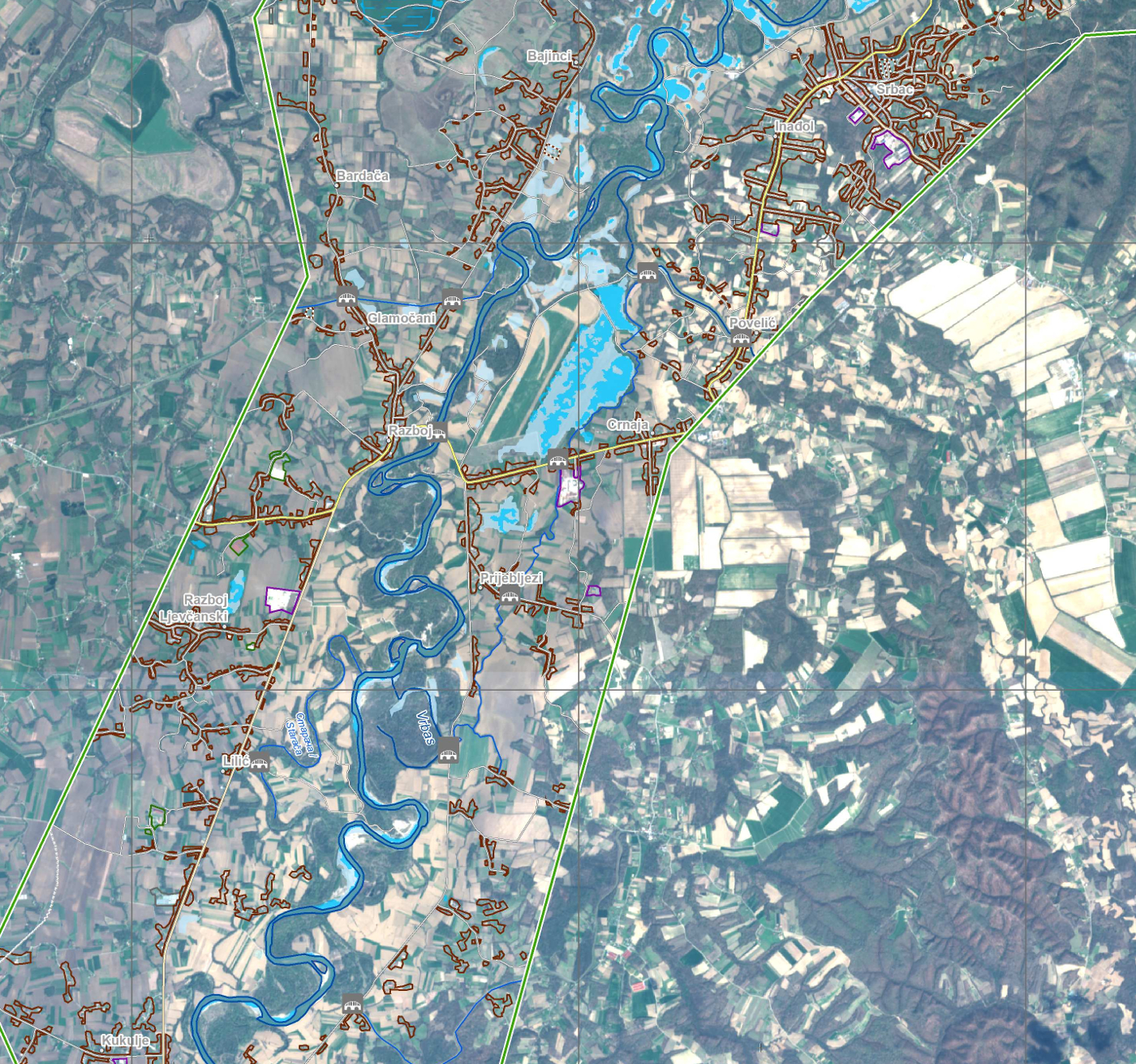
SERTIT: satellite imagery for the environment and crisis management
Carnot EN, Energy & environment, Environment, In the NewsI’MTech is dedicating a series of stories to success stories from research partnerships supported by the Carnot Télécom & Société Numérique Institute (TSN), to which Télécom Physique Strasbourg and IMT belong.
[divider style="normal"…

Sand, an increasingly scarce resource that needs to be replaced
Energy & environment, Environment, In the NewsHumans are big consumers of sand, to the extent that this now valuable resource is becoming increasingly scarce. Being in such high demand, it is extracted in conditions that aren’t always respectful of the environment. With the increasing…

How can AI help better forecast high and low water levels?
Energy & environment, Environment, In the NewsPredicting the level of water in rivers or streams can prove to be invaluable in areas with a high risk of flooding or droughts. While traditional models are based primarily on hypotheses about processes, another approach is emerging: artificial…

Indoor Air: under-estimated pollutants
Energy & environment, Environment, In the NewsWhile some sources of indoor air pollution are well known, there are others that researchers do not yet fully understand. This is the case for cleaning products and essential oils. The volatile organic compounds (VOCs) they become and their…

The many layers of our environmental impact
Energy & environment, Environment, In the NewsAn activity can have many consequences for the environment, from its carbon footprint, water consumption, pollution, changes to biodiversity, etc. Our impacts are so complex that an entire field of research has been developed to evaluate and…
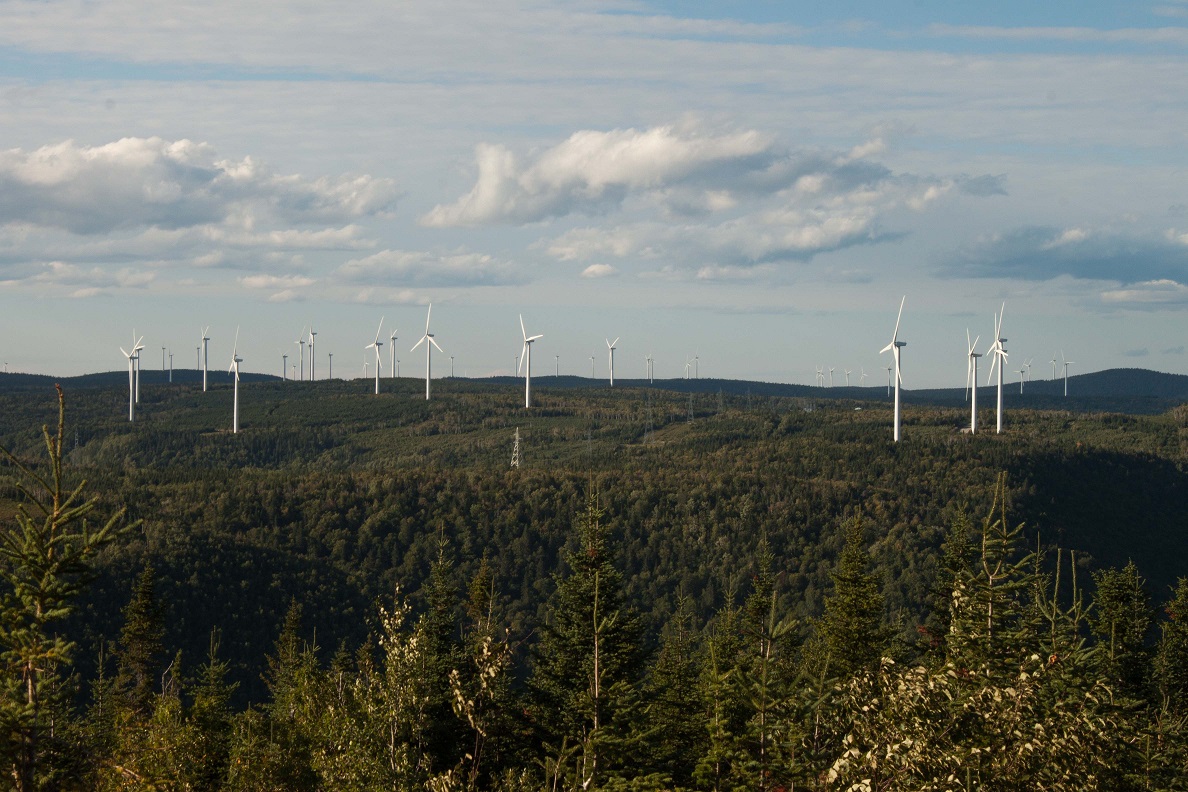
“We must work now to recycle composites”
Energy & environment, Environment, In the News, MaterialsHigh-performance composite materials are used in cutting-edge sectors such as energy, aerospace and defense. The majority of these parts have not yet reached the end-of-life stage, but recycling them remains a medium-term issue that must be…

CUBAIR: a prototype for purifying indoor air
Energy & environment, Environment, In the NewsImproving indoor air quality? That's what the CUBAIR project aims to do. By developing a new treatment system, researchers have managed to significantly reduce fine particle concentration and nitrogen oxides.
An important reminder:…
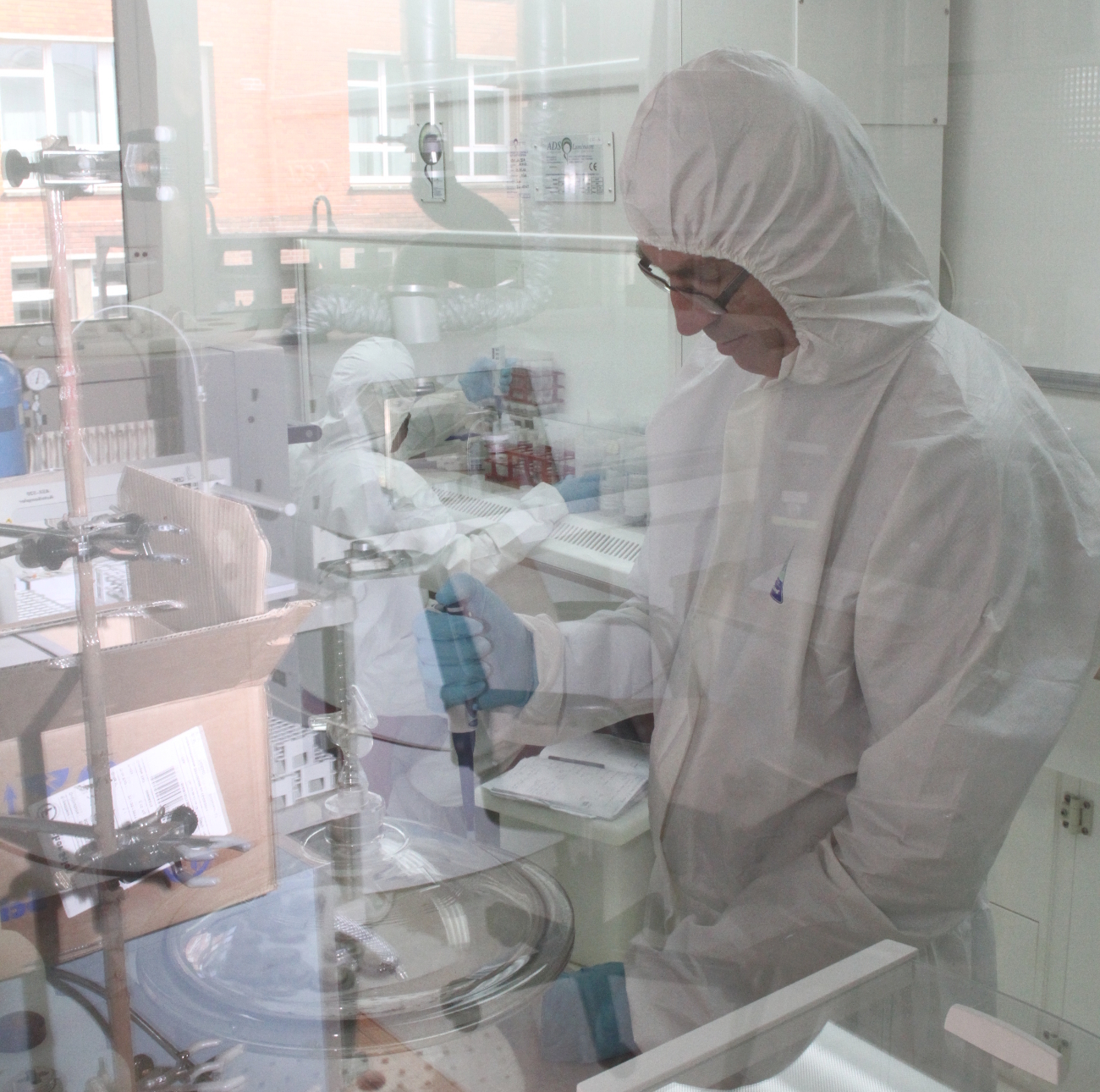
Fine particles: how can their impact on health be better assessed?
Energy & environment, Environment, Health, In the NewsIn order to assess the danger posed by fine particles in ambient air, it is crucial to do more than simply take regulatory measurements of their mass in the air. The diversity of their chemical composition means that different toxicological…

